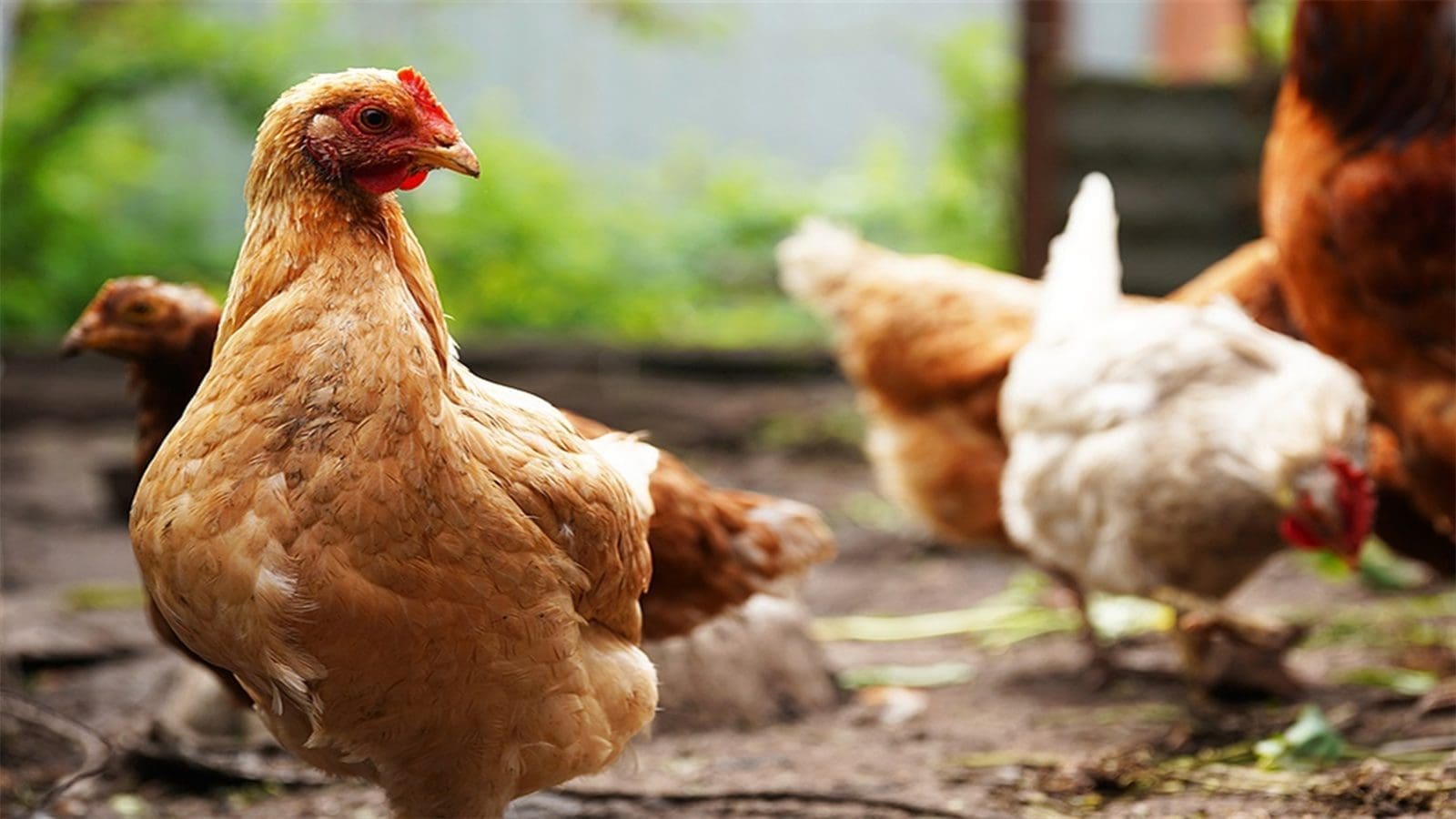KENYA – The Kenya Agriculture and Livestock Research Organization (KALRO) has created a new breed of chicken known as the KC3 that is disease-resistant consumes less feed, matures more quickly, and produces more eggs annually.
KC3, which is brown in colour, follows the release of KC1, a spotted variety, and KC2, a black variant, in 2019, both of which were improved varieties.
“In response to the unique consumer demands in the Western region for a brown improved chicken, we have now introduced a brown variant, the KC3, which is being launched today,” KALRO Director General Dr. Eliud Kireger said.
According to Kireger, the KC3 breed, like the other two, is ideally suited to the tropical climates found in practically all of the nation’s counties.
The new breed’s distinguishing features include its ability to lay up to 250 eggs every year, beginning at the age of five months.
“The weight of an egg could be up to 60 grams while the chicken could be 2kg at only five months,” Kireger who was speaking at the opening of a new breeding and multiplication unit at the Non-Ruminant Research Institute at the Kakamega KALRO station.
With collaborative funding from the European Union and the government under the Climate Smart Agricultural Production Programme, the unit with a capacity for 2,000 birds, was built for Sh5 million (U.S$ 37,815).
According to Kireger, KALRO has been working for two decades to create better chicken breeds by genetically enhancing them and breeding them with local varieties to enhance commercially valuable qualities.
He claimed that improvements were made with an emphasis on body shape, growth rate, feed conversion efficiency, egg-laying capacity, illness resistance, and meat quality.
There are about 600,000 day-old chicks produced annually in the nation compared to a demand of over two million.
The Director General of KALRO revealed that in the last six years, the organization has given farmers all over the nation 3.69 million improved variation chicks.
Furthermore, according to Kireger, indigenous chicken makes up 78% of all poultry in Kenya and is a crucial component of the farming system in many homes.
“Chicken are mainly owned by women, youth, and landless farmers because they provide an income and are credited for their adaptability,” Kireger said.
Although making up more than two-thirds of the chicken population, Kireger said that the production of indigenous breeds is limited by high feed prices, illnesses, low genetic potential, and subpar management techniques.
Kireger said the productivity of indigenous breeds is constrained by the high costs of feed, diseases, low genetic potential, and poor management practices, despite accounting for more than two-thirds of the chicken population.
KALRO recently hosted a virtual scientific conference during which scientists shared their key research findings.
For all the latest food safety news from Africa and the World, subscribe to our NEWSLETTER, follow us on Twitter and LinkedIn, like us on Facebook and subscribe to our YouTube channel.








